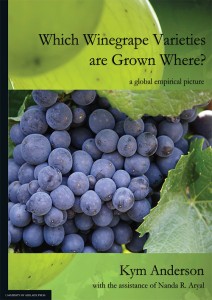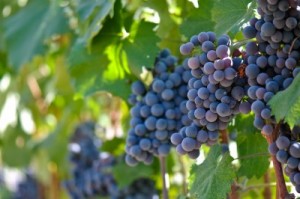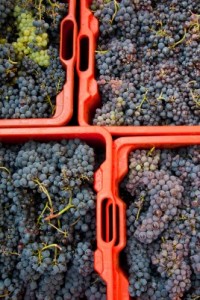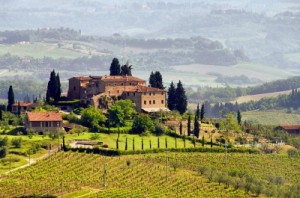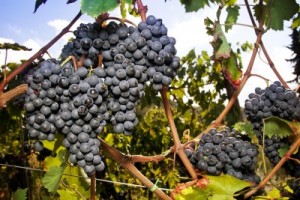As every good wine student knows, the world of wine is constantly changing – and that includes a never-ending shuffle of AOCs, DOCGs, AVAs and W.O.s.
W.O. – as you advanced students know, stands for “Wine of Origin” and is the system of geographically defined wine regions used in South Africa.
The system was first used in 1973 and mirrors the “New World” style of geographical indications in that it defines the boundaries of the geographic origins and requires truth in labeling; however, grape varieties, wine making techniques, or wine styles are not mandated per geographic area.
The basic standards are:
- Geographic Area: If a wine uses a geographic area, estate, or vineyard as its place of origin, 100% of the wine must come from that area.
- Vintage: If a wine states a particular vintage, 85% of the wine must be front the stated vintage.
- Variety: Varietal wines must contain 85% the stated variety.
About those WO changes. They seemed pretty complicated upon my first reading, so I’ve tried to simplify them. To keep things in context, remember that the defined wine areas of South Africa are known as Geographical Units (largest), Regions, Districts, and Wards (the smallest). Here goes:
-
Cape Point Out: Cape Point is not longer considered a district of the Coastal Region geographical unit.
- Cape Peninsula In: Cape Peninsula is a newly created district located within the Coastal Region. Constantia and Hout Bay, the former wards of the former Cape Point District, are now considered wards of the Cape Peninsula District.
- Aan de Dorns Out: Aan de Dorns is no longer considered a ward of the Worcester District. Thus, the remaining three wards of Worcester are Hex River Valley, Nuy, and Scherpenheuvel.
- Standford Hills In: Stanford Hills is a new ward, located within the Walker Bay District.
- Ceres In: Ceres, located in the Western Cape Geographical Unit, is now a ward of the recently defined Ceres Plateau District (which is not located within a designated region.)
For all of the latest updates in the world of wine, visit our “CSW Update Page.”
Click here to return to the SWE Website.
Post authored by Jane A. Nickles, CWE – your SWE Blog Administrator – jnickles@societyofwineeducators.org


